Andalucia offers a different but equally beautiful scenery to visitors looking for a winter hiking destination in the most gorgeous southern province of Spain.
While winter often poses an added challenge in terms of equipment, safety and fitness levels, it also offers snow-springled mountain slopes and the extra element of adventure. Andalusia is known as a summer holiday lovers destination and with good reason, but that doesn’t mean it cannot be visited in the winter. Between late December and spring, the weather is best considered as mild and there are plenty of options for those seeking something different. In addition to the well-known cities, UNESCO World Heritage monuments, charming architecture and incredible food, Andalucía comprises an area of diverse terrain, including an enormous area of mountains, and protected natural reserves. In the summertime, the heat makes it impossible to fully enjoy the trails, so winter hiking is much preferred.
With Covid-19, a lot of the hiking trails in Andalucia were closed due to movement restrictions. As of January 2nd, most hiking trails in the region are re-opening albeit with a reduced capacity of daily visitors. Covid-19 cleaning protocols have also been enforced to ensure the safety of all visitors.
According to the official Andalucia Tourism Website, all non-resident international travellers will be provided with free Covid-19 insurance between 1 January and 31 December 2021 for stays in regulated establishes.
Winter Hiking in Andalucia – Places to consider
Sierra Nevada
The Sierra Nevada national parks are a trekkers paradise and offer a variety of tracks set amid humbling mountain scenery. The highest mountain range in Spain with a summit of 3,478 m this is a challenge for less experienced hikers, depending on how far up the mountain you wish to ascend.
Sierra de Grazalema
A stunning mountain range, with smaller hills, plateaus and beautiful views over them; the highest peak is Torreón at 1654 metres. This was the first natural park in Andalucia and is one of Spain’s most ecologically outstanding areas. The 51,695 ha park is famous for its spectacularly rugged limestone landscape of cliffs, gullies, caves and gorges and prepare for cold nights but pleasant mornings.
Caminito Del Rey
With a total length of 7.7 km of which 2.9 km are footbridges, this is a relatively short hike, ideal for winter hiking excursions. The river Guadalhorce flows below. This is a circular track meaning you will either have to hike back to your car or book a transfer service. Start early, to ensure you don’t get caught inside the gorge after the sun sets, and enjoy the view of the valleys that spread before you.
Doñana in Huelva
A massive natural reserve that includes the National Park and Natural Park totalling over 128.386 hectares. It occupies the northern area of the Guadalquivir river, in the Gulf of Cadiz and is of significant ecological importance. Visiting in the winter allows visitors the opportunity to spot migratory birds who use Doñana as a wintering area on their way from northern Europe or sub-Saharan Africa.
Sierra de Aracena
This is one of the most extensive and longest routes, with over 600 km of trails. The beautiful oak forest shines during the winter months. For a short introduction to the area, the path between Aracena, the regional capital, and Linares de la Sierra, is ideal at only 5 km long and will take you through landscapes of incredible beauty.
Los Acantilados de Barbate
One of the easiest routes, following the coastal path for about 12 km. On a sunny day, this is a great hiking trail that starts at the beach of Yerbabuena and finishes at Caños de Meca.
The information on this article can change at any moment. Countries may close borders or alter quarantine rules with no warning. Be prepared and check with your travel agent and official government websites of your chosen destination regarding testing and travel restrictions.

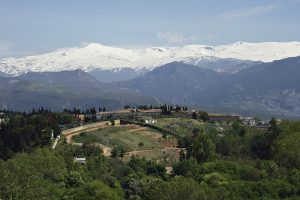
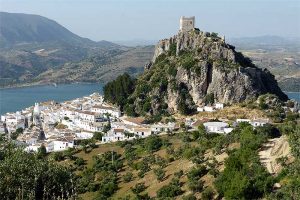
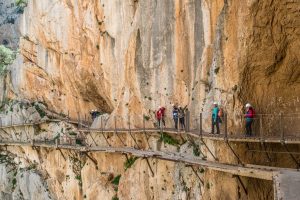
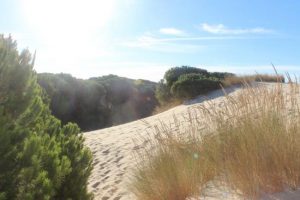
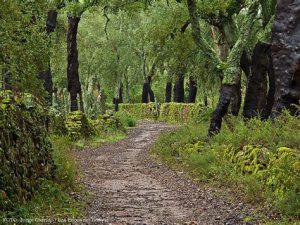
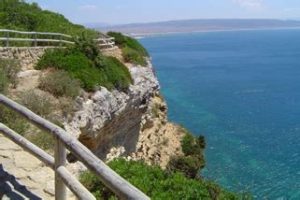


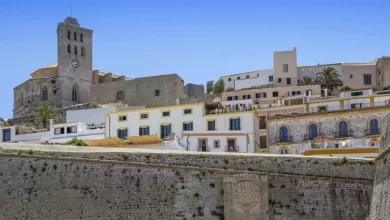

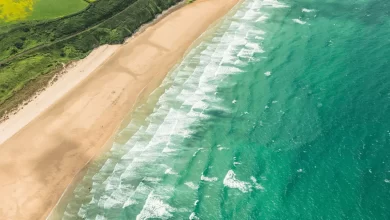
2 Comments